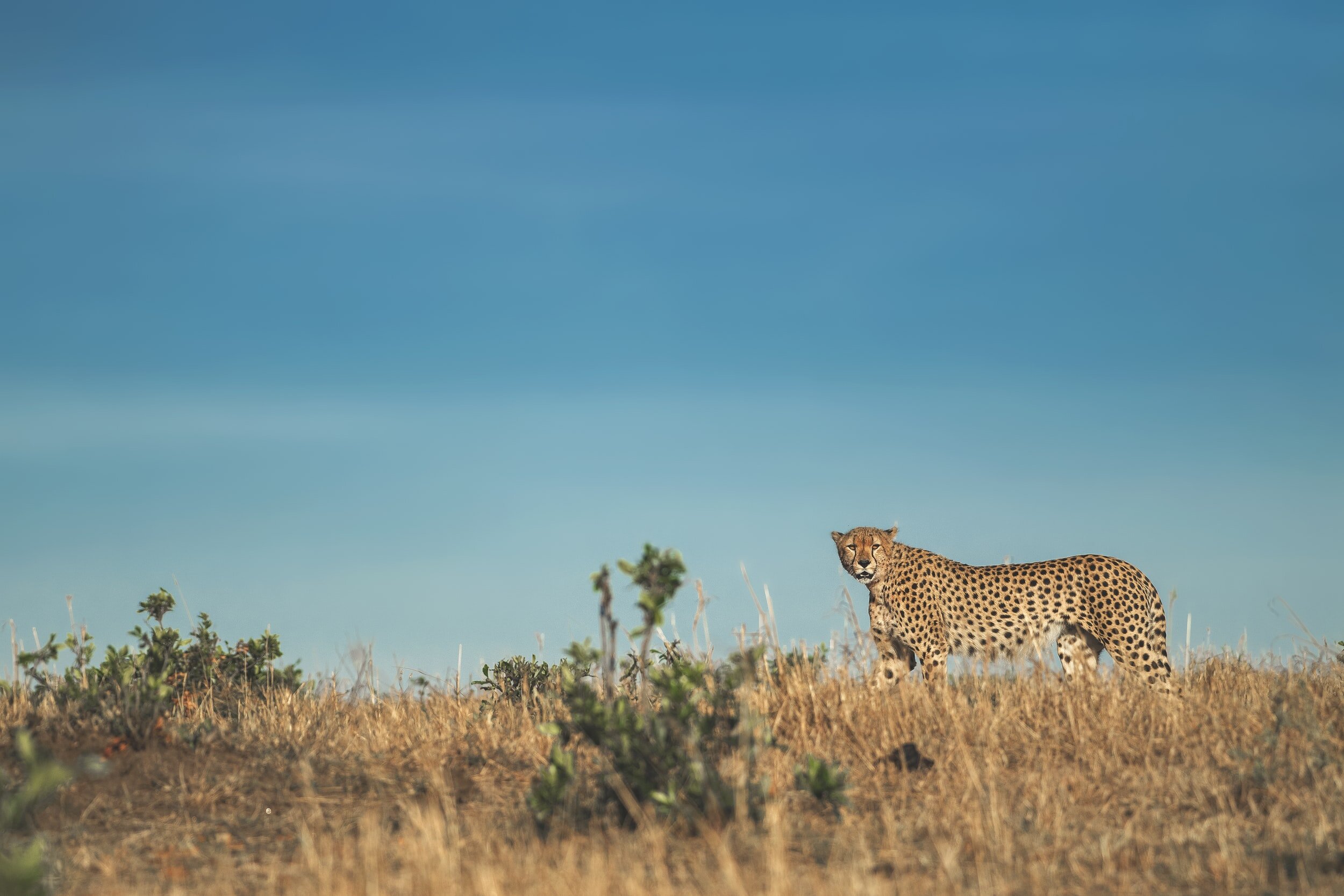Imagine this: a father and son stand on the edge of a labyrinthine tower, wings made of wax and feathers strapped to their backs. Below them, the deep blue sea stretches endlessly; above, the blazing sun waits. Daedalus, the master craftsman, warns his son, Icarus:
“Fly not too high, lest the sun melt your wings. Nor too low, lest the sea weigh them down.”
And so begins one of the most iconic myths of ancient Greece—a tale of freedom, flight, ambition, and consequence.
But what if this story isn’t just a warning about overreaching?
What if it’s also a metaphor for how we navigate our own emotional and energetic range?
The Window of Resilience: Our Modern-Day Wings
In trauma-informed healing work, we often talk about the Window of Resilience—the optimal zone in which we can feel, think, and respond with flexibility and presence.
When we are within this window, we are connected. We can access our intuition, creativity, and power. When we move outside of it, we swing into either:
Hyperarousal (too much activation, like anxiety, overwhelm, rage),
orHypoarousal (too little activation, like numbness, shutdown, or depression).
This isn’t just nervous system theory—it’s life in motion.
And doesn’t that sound familiar?
Flying too high—too close to the sun—might look like burnout, overdoing, or constantly proving your worth. Flying too low—too close to the sea—might look like playing small, staying silent, or shrinking yourself to be “safe.”
Ancient Myths as Mirrors for Modern Lives
Here’s the thing: Greek myths weren’t just entertainment. They were encoded messages about how to live wisely, bravely, and in balance with the forces of nature—both outside and within.
The myth of Icarus reminds us of something vital: True power lies in finding the middle path—the space where we can stretch, risk, feel, and still remain tethered to our own inner knowing.
In our world, though, women aren’t usually punished for flying too high.
We are conditioned, subtly and not-so-subtly, to stay close to the sea.
To quiet our brilliance.
To swallow our rage.
To smooth over conflict.
To put others’ needs before our own wisdom.
So if we’re going to learn from this myth, we may need to flip it a little.
For Many Women, the Greater Risk is in Rising
In my work as a coach and Somatic Experiencing Practitioner, I see it every day: the fear of rising.
Not the fear of failure, but the fear of what will happen if we stop dimming our light.
Flying “too high” might mean:
Saying what you really think in a meeting.
Raising your prices.
Leaving a relationship that no longer honors your becoming.
Saying yes to a dream that no one else can see but you.
And it might feel scary. But this is what reclaiming your wings looks like.
Resilience isn’t about staying small. It’s about expanding the range of what you can tolerate without abandoning yourself.
What You Can Do Right Now
As you go about your day, try asking yourself:
Where am I right now? Within my window of resilience, or outside it?
Am I shrinking when I could be rising?
What would it mean to fly in my own centerline—balanced, powerful, present?
And if you want support in doing that, or if the land of Greece is calling you home in some deep, ancient way—I’d love to walk with you there.
Returning to the Land of Myth: A Retreat for the Soul
This September, I’m offering a 7-night retreat in the Peloponnese, Greece, called Myth & Meaning.
We’ll gather under the olive trees, surrounded by mountains and sea, to reconnect with the archetypal stories that still live in us.
Through embodiment practices, Somatic Experiencing, mythology, and circle work, we’ll explore:
What myths are you still living?
Where are you flying too low or too high?
How do you come back into your own window of resilience?
And what happens when you allow yourself to reclaim your wings?
This isn’t just a vacation. It’s an epic journey to something ancient, wise, and utterly alive in you.
Isn’t it time you answered the call?





















